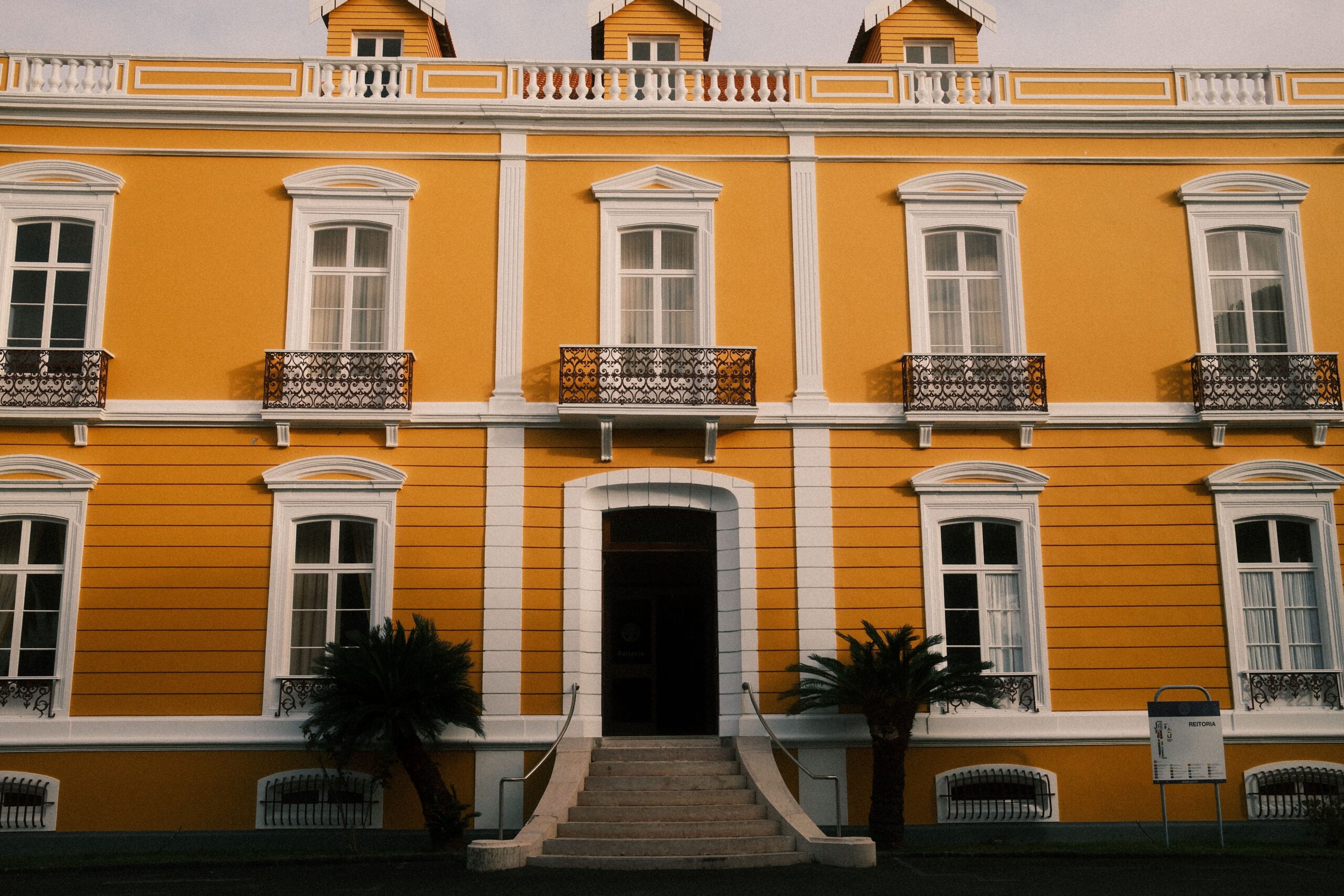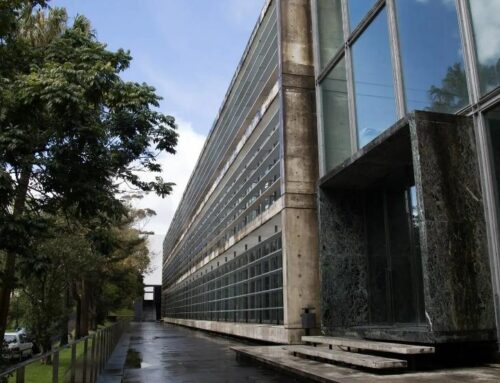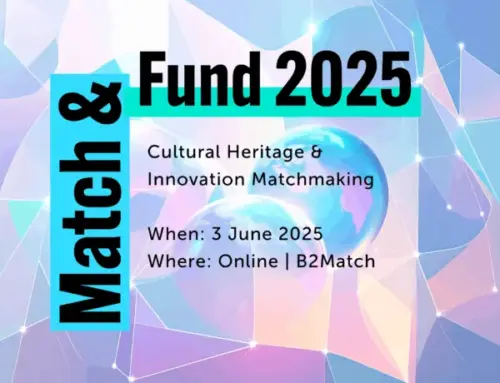Ponta Delgada, 2–3 October 2025 — The MetaHeritage consortium gathered in São Miguel, Azores, for its second in-person meeting, hosted by the University of the Azores (UAc.FEG – School of Business and Economics). Over two inspiring days, partners from across Europe came together to advance the project’s vision of connecting digital heritage and emerging technologies with regional development, sustainability, and innovation.
Strengthening Cooperation Across Europe
MetaHeritage (Metaverse and Heritage Routes as Innovative Approaches for Networking, Capacity Building, and Interregional Investments) brings together 15 European partners united by a shared mission: to reimagine cultural and corporate heritage through digital technologies such as the metaverse, virtual and augmented reality (VR/AR), and artificial intelligence (AI).
By merging heritage routes with immersive technologies, the project aims to foster interregional cooperation, encourage capacity building, and attract sustainable investments in the cultural and creative sectors.
The meeting opened with a warm welcome from the University of the Azores, followed by updates on work packages, financial planning, and upcoming initiatives. Partners discussed how to strengthen collaboration across regions, share knowledge, and build a long-term digital infrastructure for heritage innovation.
Exploring Heritage in Practice: Nature, Culture, and Industry
The first day included an engaging field trip exploring the natural and industrial heritage of São Miguel Island.
Participants began with a visit to the Parque Terra Nostra Botanical Gardens in Furnas, an 18th-century site originally created for fishing and boating, now known for its thermal pool and lush biodiversity. The gardens provided a striking example of natural heritage preservation and the role of environmental stewardship in sustainable tourism.
The consortium then visited Chá Porto Formoso, a small-scale tea plantation on the island’s north coast that continues to produce local black tea using traditional methods. This was followed by a tour of Chá Gorreana, Europe’s oldest operational tea factory, offering insight into industrial heritage, artisanal production, and the enduring value of heritage-based economies.
These visits illustrated how nature, tradition, and innovation converge to form the living fabric of regional identity, a core theme within MetaHeritage’s mission to connect cultural heritage with digital transformation.
Day Two: Partner Exchanges and Stakeholder Meetings
The second day focused on deepening collaboration and building regional partnerships. Morning sessions were dedicated to internal project discussions, reviewing progress across work packages, and aligning upcoming deliverables.
The consortium also met with one of MetaHeritage’s associated partners, Fundação Gaspar Frutuoso, to explore potential synergies in research, education, and regional heritage promotion.
Later that day, partners engaged in constructive dialogues with local stakeholders, including representatives from the Portuguese Government and the Azores Tourism Board, to discuss how digital heritage innovation can enhance heritage tourism, cultural education, and sustainable regional growth.
The meeting concluded with a convivial final lunch at the University of the Azores, celebrating two days of fruitful collaboration, new ideas, and shared commitment to advancing European digital heritage projects.
Looking Ahead
The MetaHeritage consortium meeting in the Azores reaffirmed the project’s commitment to bridging tradition and technology. Through continued cooperation, MetaHeritage will develop innovative tools and frameworks to make heritage experiences more accessible, engaging, and future-oriented.
By integrating metaverse applications, AI-driven heritage models, and immersive storytelling, the project seeks to redefine how we preserve, experience, and invest in our shared European heritage.
Stay tuned for more updates from the MetaHeritage journey where digital innovation, cultural heritage, and sustainability meet to shape the future of Europe’s heritage ecosystem.








Leave A Comment